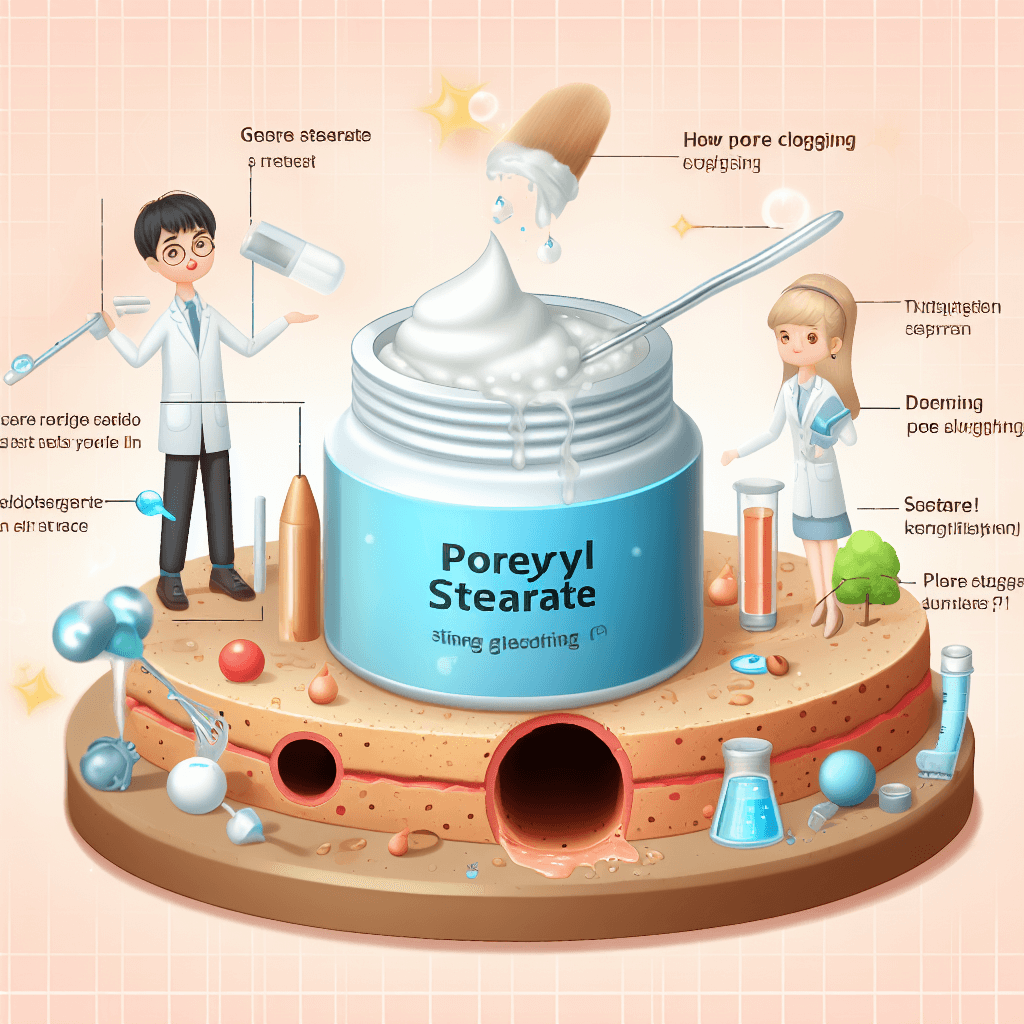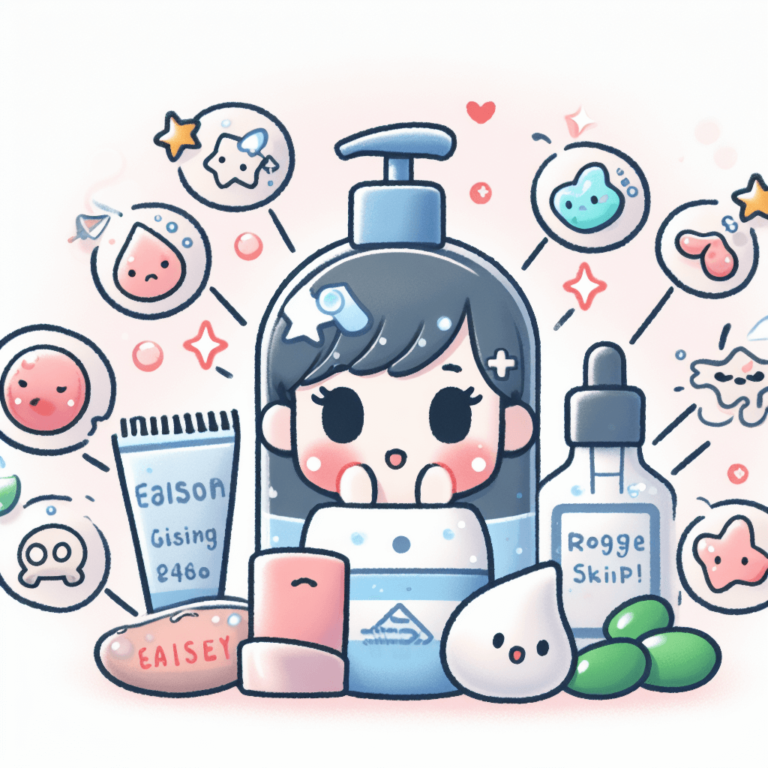How Pore Clogging Is Glyceryl Stearate SE
Glyceryl Stearate SE, a common ingredient in skincare formulations, prompts questions about its potential influence on pore congestion. Let’s delve into the association between Glyceryl Stearate SE and pore-clogging.

Connection between Glyceryl Stearate SE and pore clogging
1. Function in Skincare
Glyceryl Stearate SE acts as an emulsifier and surfactant in skincare products, aiding in the blending of oil and water components, and enhancing product consistency and texture.
2. Comedogenic Potential
Glyceryl Stearate SE typically has a low risk of pore clogging. However, individual reactions may vary based on skin type and sensitivity.
3. Moisturizing Benefits
As an ingredient, Glyceryl Stearate SE can contribute to the moisturizing properties of skincare formulations without necessarily causing pore blockages.
4. Skin Sensitivity Consideration
While Glyceryl Stearate SE is generally considered non-comedogenic, some individuals with sensitive or acne-prone skin may experience adverse reactions, potentially leading to pore congestion.
5. Patch Testing
Conducting patch tests with skincare products containing Glyceryl Stearate SE can help individuals determine their skin’s tolerance to this ingredient and minimize the risk of potential pore-related issues.
6. Prevention and Skincare Practices
Choosing skincare products labeled as non-comedogenic and suitable for your skin type, including those formulated with Glyceryl Stearate SE, can reduce the likelihood of potential pore concerns. You can check pore-clogging ingredients on our website.
7. Seeking Professional Advice
Consulting a dermatologist or skincare professional can offer personalized recommendations, especially for individuals concerned about skin reactions to products containing Glyceryl Stearate SE.
Conclusion
Glyceryl Stearate SE, commonly used in skincare for its emulsifying properties, generally poses a low risk of pore congestion. However, individual skin reactions may vary, and individuals with particularly sensitive or reactive skin should consider patch testing and consulting professionals to minimize the risk of potential pore-related issues.






